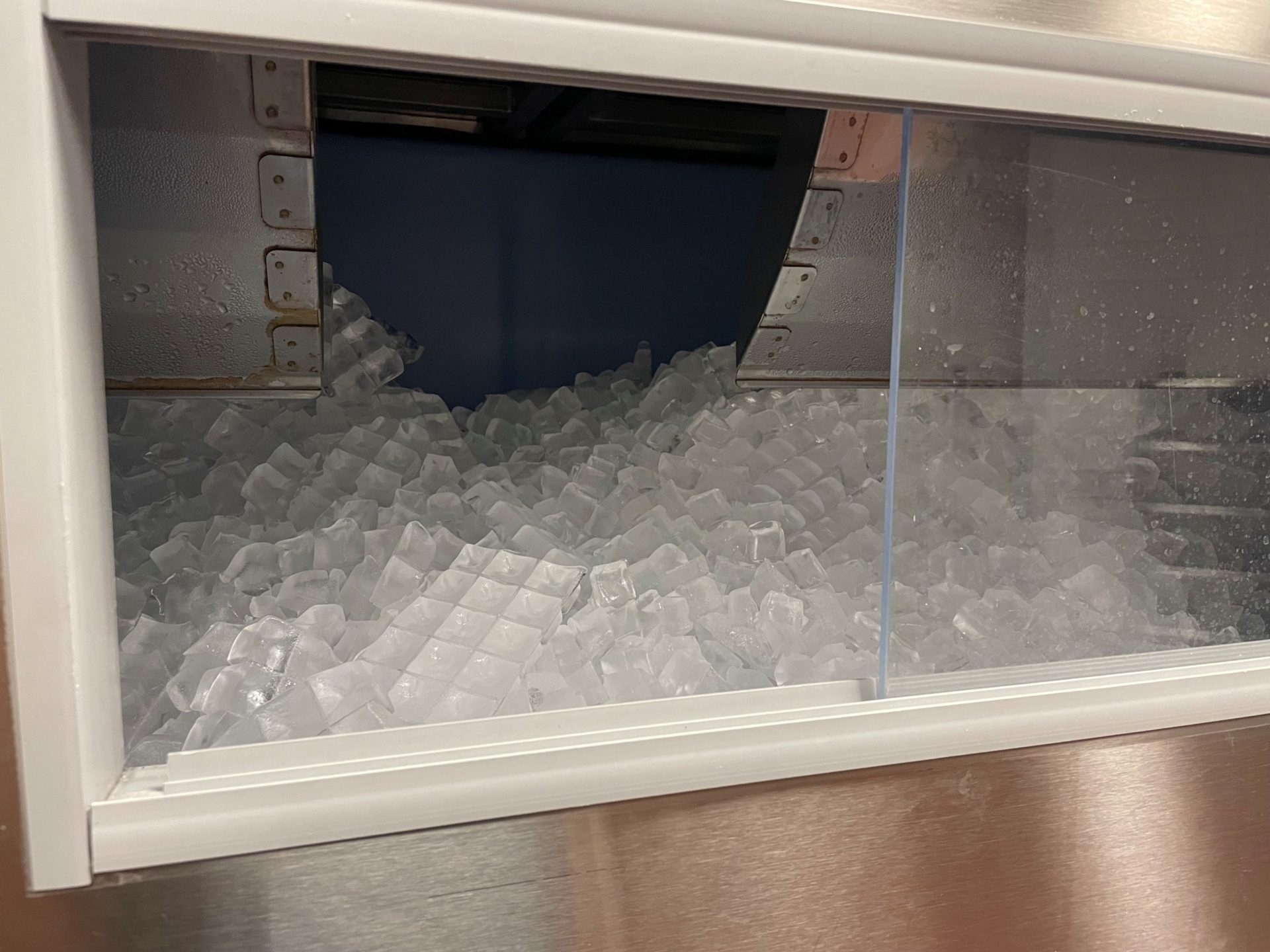Ice maker not making enough ice? How to Optimize your Ice Production
Is your commercial ice maker not making enough ice to meet your demands? When it comes to running a successful business, the efficiency of your ice machine can make a significant difference. Whether you operate a restaurant, hotel, or any establishment that requires a steady supply of ice, optimizing your ice machine’s production is crucial. Proper care and strategic planning can ensure that your machine runs smoothly, meets demand, and avoids costly downtime.
Tips on Optimizing Ice Production:
1. Keep the machine running.
Not letting your ice machine stop when the building is occupied is key. To do this, move your ice to all dispensers and wells to make way for production as soon as possible. This allows the ice machine to start producing and be ready for the next demand of ice. If you wait several hours before taking ice, then you lose the amount of ice that could have been produced in that time.
2. Regular maintenance.
Maintenance and cleanings allow ice machines to produce at their full capacity. Things like dirty evaporators, clogged water distribution tubes, and clogged or expired water filters can lower the batch weight and net yield. Therefore, many manufacturers recommend a PM every six months to take care of these things.
3. Location matters.
Ensure your ice machine is located in a well-ventilated area, away from any heat sources or direct sunlight. Being next to the hot cookline can melt your ice as well as decrease your ice machine’s production. Additionally, having enough space to allow good air flow is important for your ice machine.
4. Do not put off repairs.
If you notice damaged components or your ice machine not performing, then get it repaired immediately. Do not put off repairs until the ice machine is not producing at all. Staying on top of repairs helps the efficiency of your equipment as well as saves you from emergency service calls. If you want to ensure your ice machine is up to par, then use the formulas below.
Production Formulas:
Use the formulas below to help determine your ice machine’s hourly capacity, recovery/run time, net yield and maximum 24-hour yield. To find your ice machine’s batch weight, use a large bus tub or similar container to catch the ice when it falls. At the same time, start a stopwatch and let the clock run until the next batch of ice falls to find the cycle time. Then compare this information with the manufacturer’s stated abilities. If the ice machine is under six years old, then it should be within 10 percent of what is stated. If the ice machine is between seven and 10 years old, then it should be within 18 percent.
| Formulas: | Example: 1,200-pound ice machine with a 900-pound storage bin 20-minute cycle time and 16.7-pound batch weight |
| Production ÷ 24 hours = Hourly capacity | 1,200 pounds (production) ÷ 24 hours = 50 pounds hourly capacity |
| Storage capacity ÷ Hourly capacity = Recovery time | 900 pounds (storage capacity) ÷ 50 pounds (hourly capacity) = 18 hours recovery time |
| Run time × Hourly capacity = Net yield | 18 hours (run time) x 50 pounds (hourly capacity) = 900 pounds net yield |
| 1440 minutes per day ÷ Cycle time minutes = Batches Per Day Batches Per Day x Batch Weight = Maximum 24-hour yield | (1440 minutes per day ÷ 20 minutes cycle time) = 72 batches per day 72 batches per day x 16.7 pounds batch weight = 1202.4 pounds maximum 24-hour yield |
Contact RSI
Whenever you need ice machine maintenance, repair, or installation, we got you covered!
Phone: 972-279-3800
Toll-Free: 888-TOO-WARM
Service Email: RSIService@rsidfw.com




